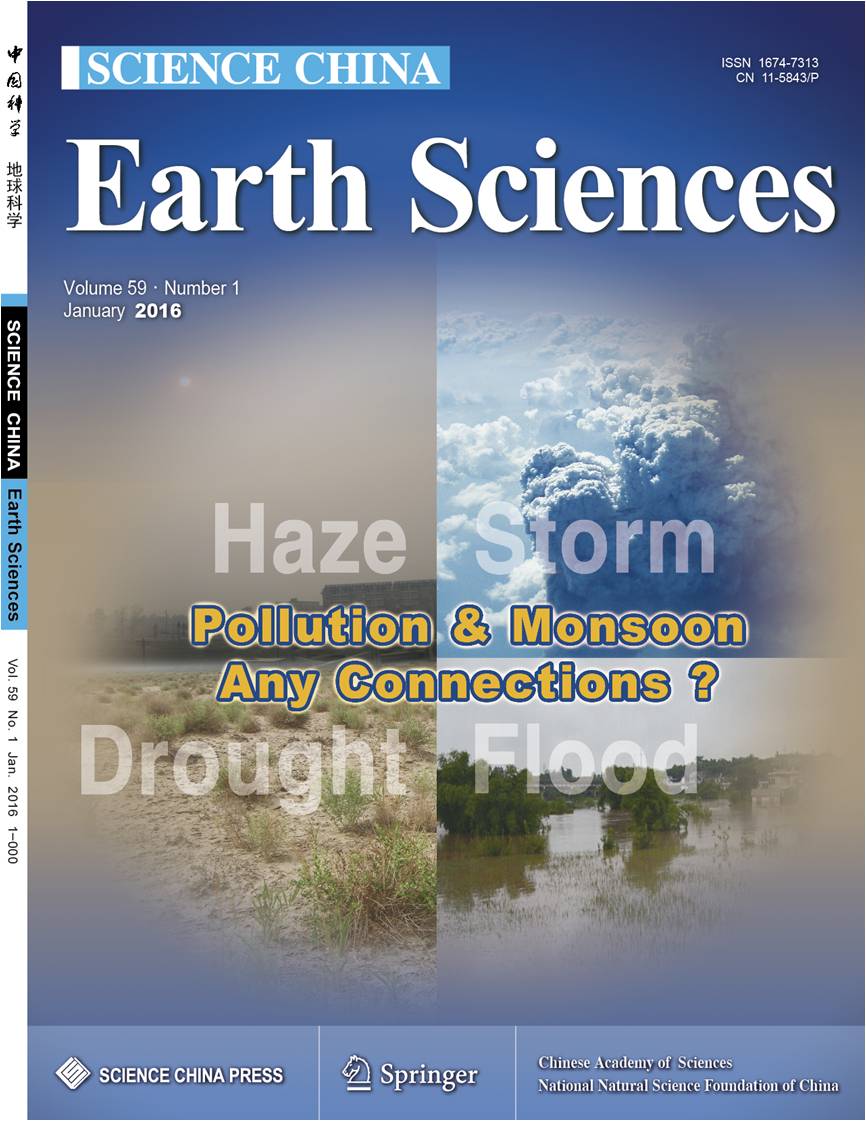
In past decades, with rapid development of Chinese economics and population, atmospheric loadings of some anthropogenic aerosol species quickly increase. This not only leads to serious environmental problems threating peoples’ health, particularly increased PM2.5 closely related to frequent haze, but also affects regional weather and climate through the interactions between radiation and cloud processes. East Asia is one of important climate regions where aerosol production, emission and transport and relevant variations are strongly influenced by the monsoon circulation. The studies on interactions between aerosols and monsoon are thus crucial to understand and reveal aerosol environmental and climate impacts.
Profs. WU Guoxiong and HUANG Ronghui and their colleagues at the Institute of Atmospheric Physics, Chinese Academy of Sciences, collaborated with scientists from institutes and universities home and abroad, and reviewed advances in studying interactions between aerosols and weather and climate over East Asian monsoon regions. This review has been published as the cover story in volume 1, 2016 of “Science China: Earth Sciences”.
Presently, the climate processes associated with the interactions between aerosols and monsoon are still not clear for scientists. Particularly, to what extent aerosols weaken East Asian monsoon is a very complicated and uncertain scientific issue.
In this paper, they summarized some widely accepted studies based on observations, datasets analysis and numerical simulation. These studies point out that increased aerosols have certain effects on cloud physical properties and storm weather over North and South China, and influence regional climate change, such as “southern flood and northern drought in China”. The weakening winter monsoon circulation likely helps to increase recent frequent haze in China. The decadal variation in the East Asian monsoon strongly affects aerosol concentrations and their spatial patterns.
They further give some suggestions on observation and simulation on aerosol-monsoon studies in the near future. Thus, these researches presented in this paper are expected to be helpful to understand key climate processes involved in interactions between aerosol and East Asian monsoon.

The review paper is featured as a cover story of Science China, Jan 2016

86-10-68597521 (day)
86-10-68597289 (night)

86-10-68511095 (day)
86-10-68512458 (night)

cas_en@cas.cn

52 Sanlihe Rd., Xicheng District,
Beijing, China (100864)

